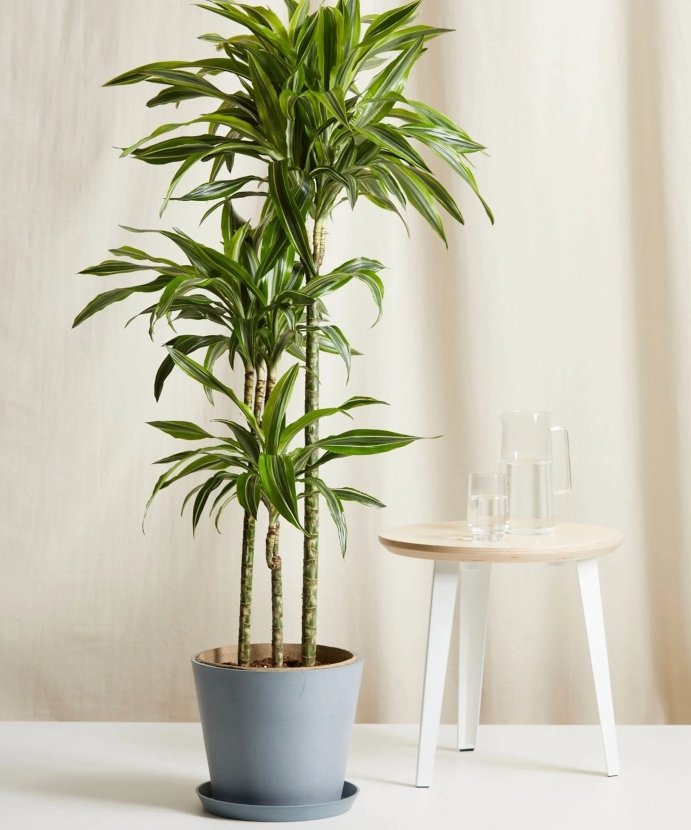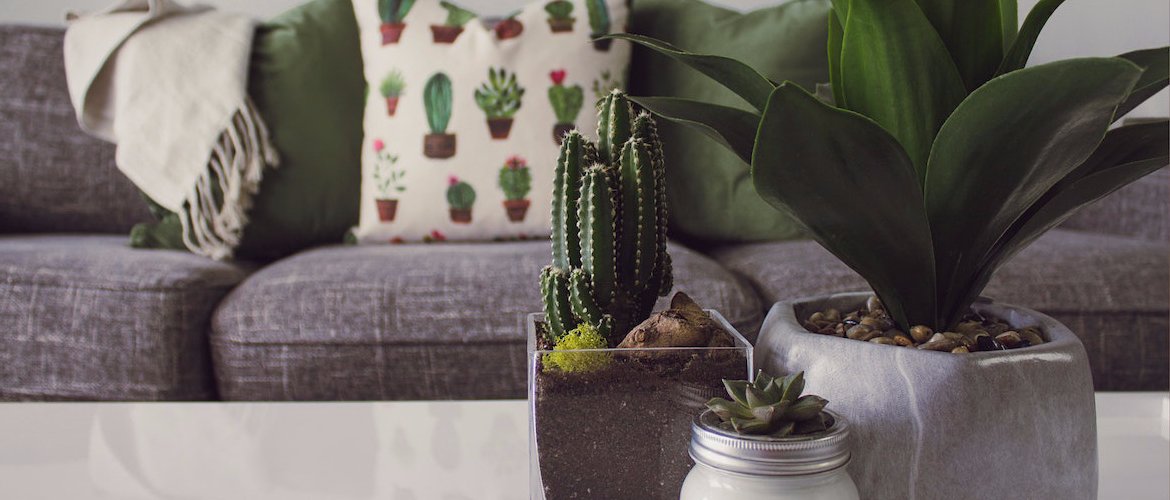Purifying plants that clean the air indoors
Letting nature into your home is not just a matter of aesthetics. Beyond the attractiveness that certain species can add to any room, there is a whole range of purifying plants capable of cleaning the indoor air. Their presence not only enhances the appeal of any room. They are also an ideal tool for improving air quality and, consequently, indoor comfort.

Beyond the simplicity or complexity of their care, there is a whole range of purifying plants that you can incorporate as part of the decoration of your home while cleaning the air.
One of the most popular is the areca. This type of palm lives happily indoors and does not need excessive light. However, its size is proportional to its ability to purify the air. Therefore, if you have enough space, it is best to opt for a large specimen capable of eliminating everything from benzene to carbon monoxide, xylene or toluene.
The best part? Combined with medium plants - ivy, ferns... - you will not only have a first-class team, but you will also have a home that exudes naturalness.

NASA itself says that it is a plant with great gifts for the purification of the environment. But the potos is also one of the most grateful species indoors. Very resistant and fast-growing, it is able to develop with a tutor or as a hanging plant. Its potential is enormous, not only from the point of view of filtering substances harmful to health, but also aesthetically speaking.

It tolerates a lack of light well - in fact too much sun will yellow and dry out its leaves - or cold, even drought, although with proper care it will last for years. But if there is something that makes the tape one of the most interesting purifying plants is that it can eliminate up to 96% of carbon monoxide in just one day. And not only that. It also filters out other common toxins such as benzene, toluene or formaldehyde. All advantages!

Potos, ribbons, Brazilian trunk, English ivy... All these species have something in common and that is that, although their appearance is very different, they share their ability to purify the air.
Its evergreen leaves and brown stems dotted with horizontal rings are two of the hallmarks of Brazil stem, another variety that will help you improve the quality of the air in your home. Beyond its unmistakable appearance, this plant native to tropical America helps reduce trichloroethylene and xylene.

Among the most popular purifying plants, the ficus is one of the most versatile. There are different varieties that you can incorporate with similar results. The ficus benjamina, for example, is resistant and easy to care for, but what is really interesting is that it is capable of filtering volatile substances from adhesive products. The same happens with the ficus robusta, a variety capable of reducing formaldehyde, a compound harmful to health.

The raphis excelsa, also known as the Chinese palm, is one of the most complete species when it comes to purifying the air. It is capable of filtering practically all toxins from the air: from benzene to xylene, ammonia or, especially, formaldehyde. While it is not very demanding with light, it likes humidity, so if you are looking for a houseplant for the bathroom, it can be a great choice.

Climbing species such as English ivy or hanging species such as potos not only have great potential as purifying plants but also from an aesthetic point of view.
English ivy, famous for the small size of its leaves, is one of the most popular climbers. Suitable for indoors and outdoors, it appreciates humidity but also the sun. As a purifying plant, it is capable of considerably reducing benzene as well as formaldehyde and trichloroethylene.

Surely if you are one of those who go for a walk in the bush you recognize the unmistakable leaves of ferns. Although they usually live outdoors, you can also grow them indoors, but avoid direct contact with the sun. They are perfect for eliminating formaldehyde but also for keeping mucous membranes, throat and skin hydrated. They are also super decorative!






